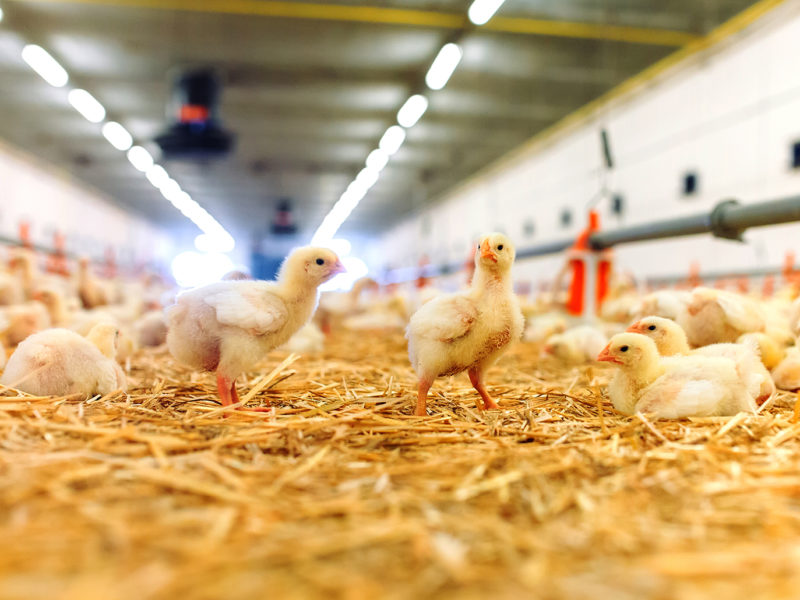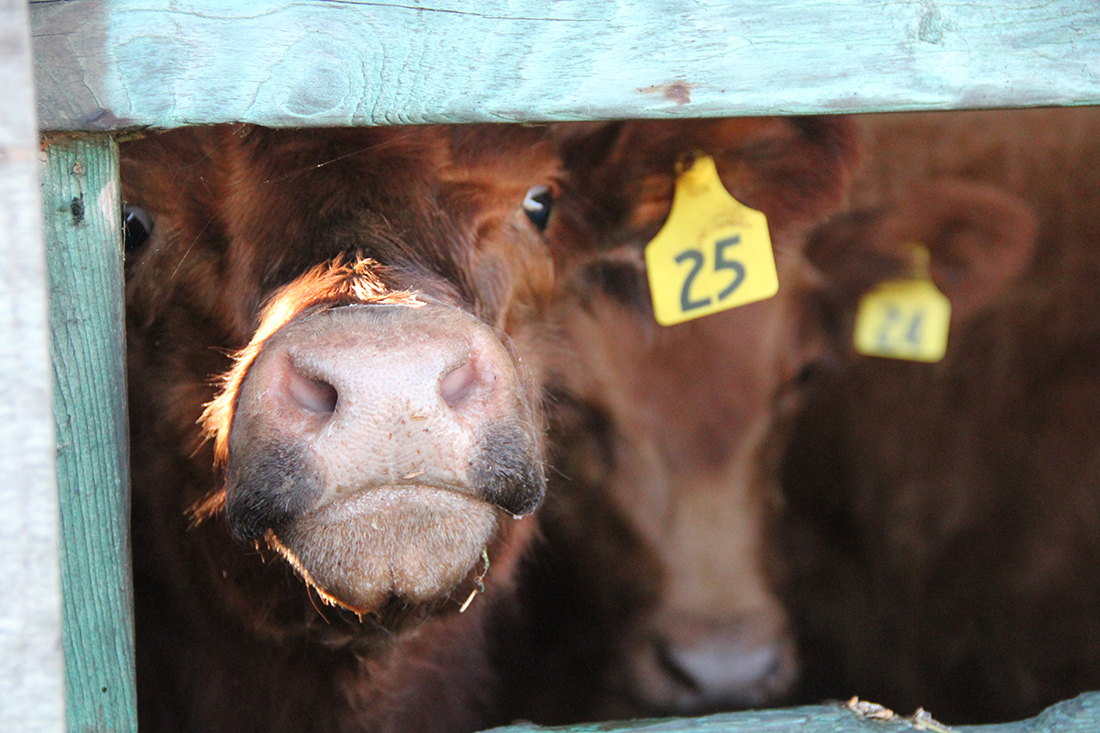A glimpse of just how hard highly pathogenic avian influenza hit the BC poultry sector last fall is seen in Statistics Canada data related to the placement of chicks and poults.
Data released last week for the period through February indicates a sharp drop in placements in October and November at the height of infections, then a rebound in December and January before normalizing in February.
Total chick placements fell 18% versus a year earlier for the broiler and layer sectors, dropping to 8.5 million. This compared to an average in the preceding 12 months of 10.4 million chicks.
Placements of turkey poults fell 8% in October and 15% in November versus a year earlier before staging double-digit growth in December and January.
Chicken placements, driven by broilers, increased marginally in November but hit pause in December before rebounding 8% in January versus a year earlier and normalizing at 4% growth in February.
While the placement of chicks and poults can indicate anticipated demand within the supply managed feather sectors, the declines versus a year ago show just how hard high-path AI hit compared to the fall 2022 wave.
In addition to egg, broiler and turkey farms being affected, hatching egg producers were also hit hard in 2023, challenging the industry to restock.
This seen most especially on the egg side, where placements of production stock female chicks continued to lag last year by 70% in February.
While the BC industry has yet to report any farms testing positive this spring, the industry remains at red level biosecurity protocols as bird migrations resume, and with them the risk of infection.


 Veles continues with BC Veg
Veles continues with BC Veg